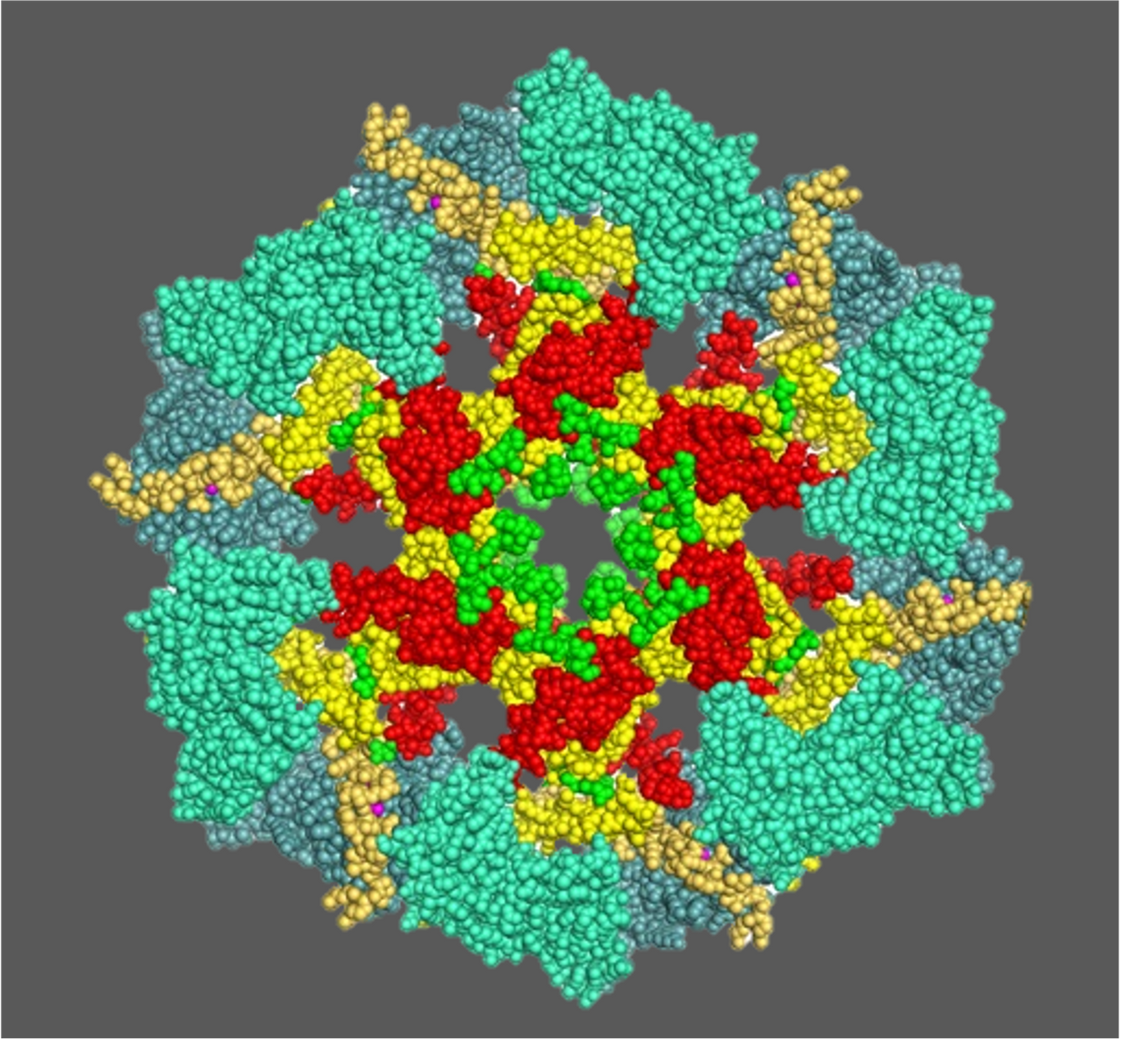Mechanism Causing Age-Related Memory Issues Discovered
The prospect of cognitive decline as we age can be deeply unsettling. In the dynamic field of neuroscience, dedicated researchers at the University of Colorado investigated the factors contributing to late-life cognitive loss. Their latest study shines new light on the molecular dynamics of age-related memory issues.
Creative Commons Attribution-Share Alike 3.0 Unported
Memories, those elusive fragments of our experiences, are not abstract concepts but are intricately generated at the molecular level within our brain cells. This complex process involves interactions between critical proteins in specific cellular spaces. Dysfunction at this level can have serious behavioral consequences.
Ca 2+/calmodulin (CaM)-dependent protein kinase II, known as CaMKII, is a pivotal enzyme in learning and memory. Its accumulation at synapses, the junctions between brain cells, is thought to strengthen new connections and encoding lasting memories.
Another key participant in memory is nitric oxide (NO). Atypical for a neurotransmitter, NO is neither stored in vesicles nor released with membrane depolarization. Instead, once synthesized, this secondary messenger effortlessly crosses cell membranes, stimulating memory processes in nearby cells. NO influences neural proteins like CaMKII by attaching itself to specific amino acids, such as Cysteine, forming a bond known as S-nitrosylation.
In their new Science Signaling publication, Rumian et al. describes how the decline of cognitive abilities with age might be mirrored at the molecular level with impairments to CaMKII and NO activity.
In this recent study, researchers engineered a mouse model that mimicked low nitrosylation at two different sites on the CaMKII protein. This model aimed to investigate the consequences of low levels of nitrosylation on synaptic function and memory.
Mice with low S-nitrosylation of CaMKII had impaired spatial memory and displayed neural responses like aged mice. The right levels of nitrosylation appear to be crucial to maintain the buildup of CaMKII at active synapses for memory formation.
These findings complement previous research examining the enzyme responsible for breaking down and metabolizing nitric oxide. It’s been suggested that increasing NO signaling pathways could rescue cognitive impairment, highlighting NO enzymes as a potential target for treating age-related mental decline.
As we continue to unravel the mysteries of age-related memory, this study brings us closer to understanding age-specific memory issues and ways to target the cellular processes responsible.
Sources: EurekAlert!, Science Signaling, Journal of Neuroscience, Indian Journal of Medical Research









